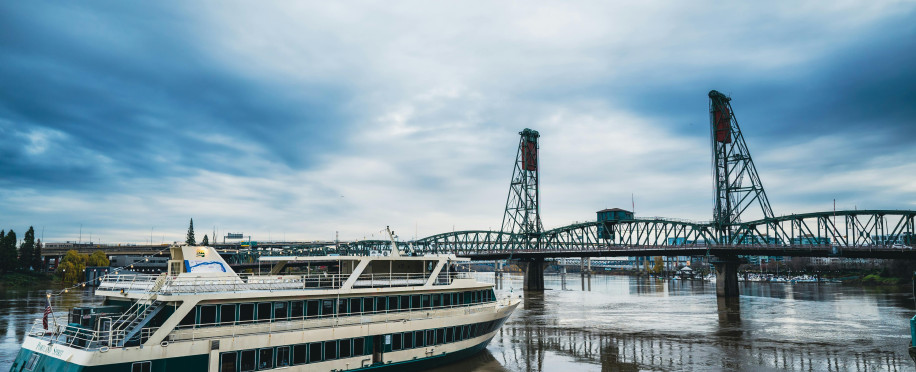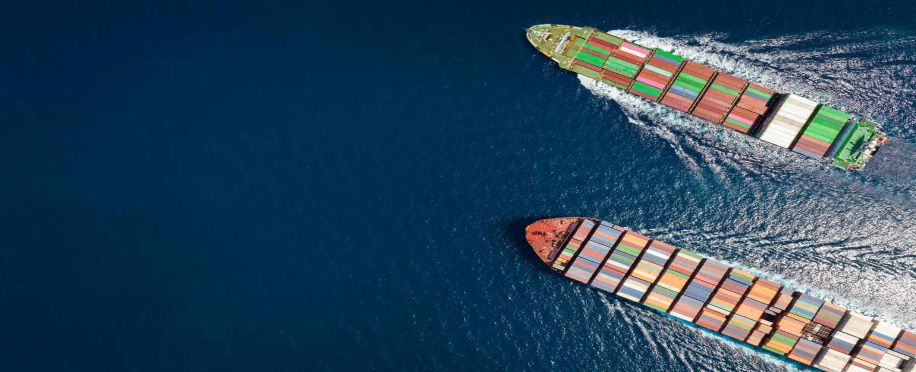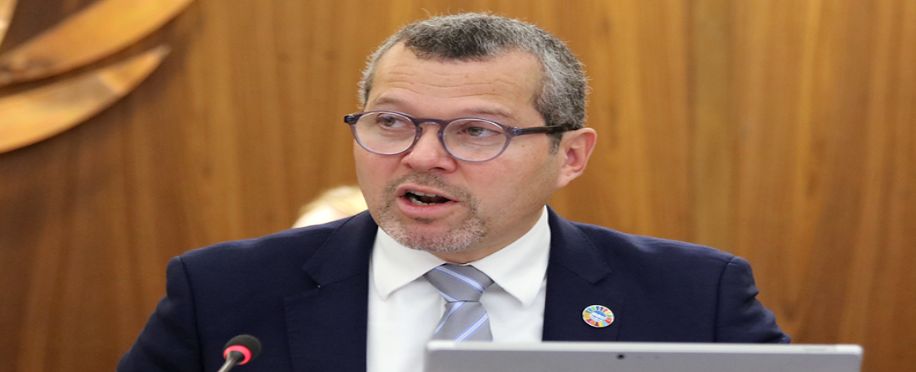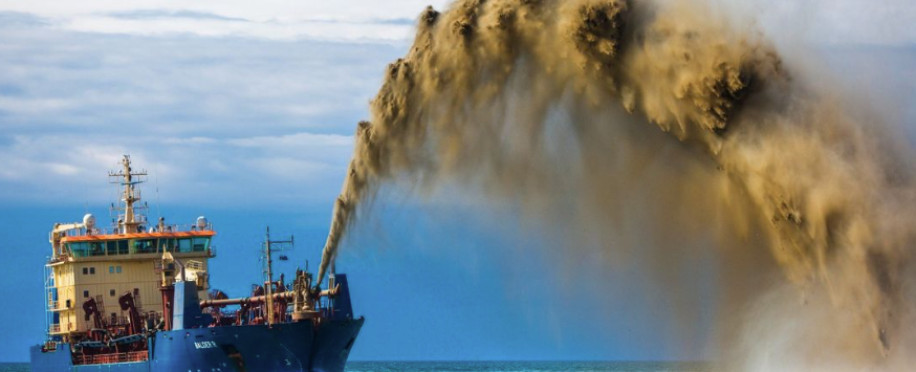SWITCH Maritime will construct the first RoPax ferry in the US Using liquid hydrogen

Posted on Nov 15, 2024 at 10:11 PM
The US shipowner SWITCH Maritime, which successfully delivered the first H2-powered ferry in the US, is moving forward with its next project, which will be the industry's first zero-emission vessel.
In partnership with LH2 Shipping and LMG Marin in Norway, SWITCH intends to start building the US version of the current RoPax vehicle ferry design (DNVGL-classed), which has 80 cars and 300 passengers and is now running efficiently in Norway on liquid hydrogen (LH2) fuel.
SWITCH's Vision: Pioneering the Energy Transition
“SWITCH is proud to be at the forefront of the energy transition in US maritime shipping,” stated Pace Ralli, SWITCH's founder and CEO. “With rigorous planning, state-of-the-art engineering, and support from leading industry partners and the US Coast Guard, we are ready to pioneer zero-carbon LH2 fueling for heavier, higher-horsepower workboats.”
Moreover, SWITCH's first hydrogen-powered vessel, the Sea Change, is a 75-passenger catamaran ferry with 600 kW electric motor propulsion and 360 kW fuel cells. It started public passenger service in July 2024 as part of the San Francisco Bay Ferry system and received its final Certificate of Inspection (COI) from the US Coast Guard in May 2024.
The Sea Change is fueled weekly using a mobile compressed GH2 storage trailer, but with a 7-day ferry service, it will be fueled twice per week. SWITCH supports all zero-emissions vessel technologies, with hydrogen being emphasized due to space and weight constraints.
Notably, compressed GH2 is suitable for small vessels, but cryogenic LH2 is preferred due to increased vessel size and energy demand, enabling faster refuelling speeds for large volumes.
A Fresh Start of Zero-Emission Ferries
SWITCH is developing a 150-passenger, 25-knot catamaran for the SF Bay Ferry service, transitioning from gaseous storage to cryogenic liquid H2 for larger zero-emissions harbour craft, including 300+ passenger and vehicle ferries, using the same gaseous H2 storage and fuel cell equipment.
The LH2 RoPax ferry design, already DNVGL-classed, is being tested for hydrogen fueling safety, following the same IGF Code as cryogenic LNG fueling on US ships. However, work is needed for US Coast Guard compliance, according to Pace Ralli.
Additionally, the vehicle ferry's larger steel hull provides flexibility in space and weight, making it an ideal platform for introducing LH2 fueling in the US. LH2 from cryogenic storage tanks is vaporized onboard, used in PEM fuel cells for electric motors, and emits pure H20 vapour with zero carbon or diesel-related emissions.
The RoPax vehicle ferry, owned by Norled, will have a 14-knot service speed and require only weekly fueling. Its predecessor, the MF Hydra, operates a six-mile round-trip service, fueling LH2 once every two weeks. The 4-tonne LH2 tank fits on the top deck and receives fuel from a truck via a bunkering system. Since March 2023, the MF Hydra has received LH2 fuel approximately 50 times and has not been out of service except for maintenance.
SWITCH Maritime
SWITCH aims to expedite net-zero vessel adoption by reducing regulatory and construction risks for existing operators and offering lease options for new vessels post-completion. This 'hardware-as-a-service' model accelerates energy transition in industrial sectors, offering a flexible, streamlined path to a carbon-neutral fleet.
Read more news:


